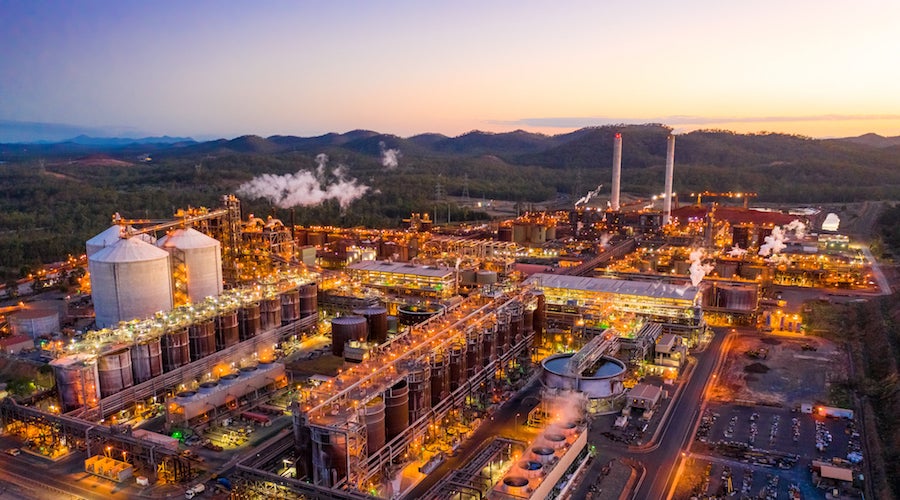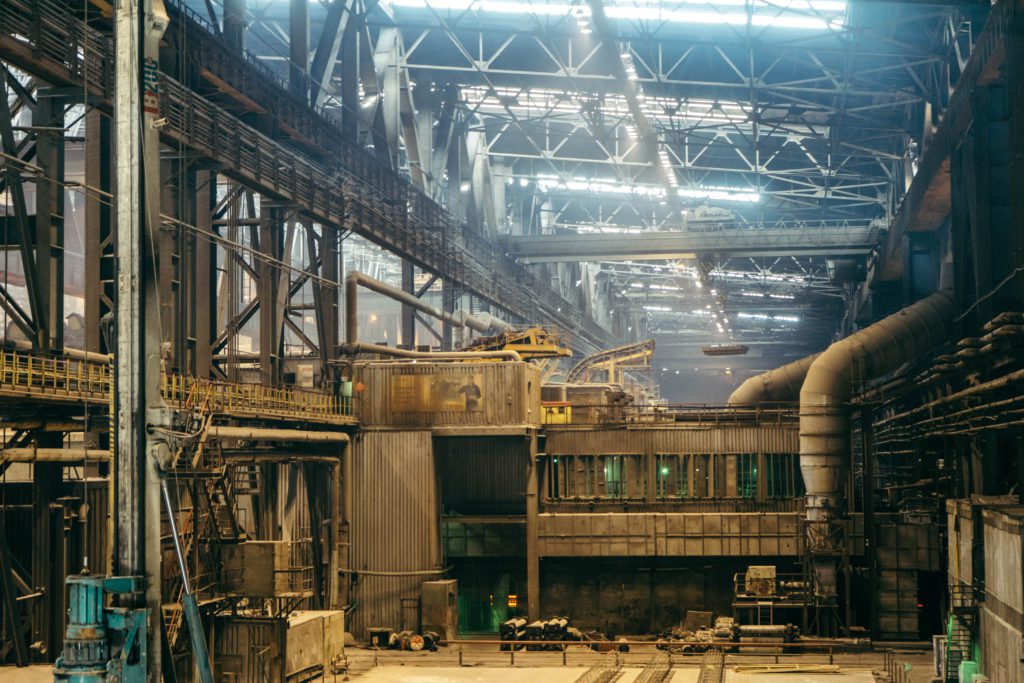BETTING ON H2
Rio Tinto, Sumitomo to assess hydrogen plant at Yarwun refineryCecilia Jamasmie | August 24, 2021 |

Yarwun alumina refinery in Gladstone, Queensland. (Image courtesy of Rio Tinto.)
Rio Tinto and Sumitomo Corporation announced on Tuesday they will jointly study the construction of a hydrogen pilot plant at Rio’s Yarwun alumina refinery in Gladstone, Australia.

Sumitomo had already been carrying out studies into building a hydrogen plant but hadn’t chosen a location. Rio, in turn, recently started a feasibility study into replacing natural gas with hydrogen in the alumina refining process.
If the partners choose to proceed, the pilot plant would produce hydrogen for the Japanese miner’s Gladstone Hydrogen Ecosystem project, announced in March, which is also located in Queensland’s Gladstone, a traditional coal and gas hub.
GREEN HYDROGEN — PRODUCED BY STRIPPING THE GAS FROM WATER USING ELECTROLYZERS POWERED BY WIND AND SOLAR — IS SEEN AS KEY TO ELIMINATING EMISSIONS FROM THE INDUSTRIAL SECTOR
Green hydrogen — produced by stripping the gas from water using electrolyzers powered by wind and solar — is seen as key to eliminating carbon emissions from the industrial sector.
Most Australian mines are already transitioning to renewable power and either turning to or expanding their electric vehicles fleets. Hydrogen is the next frontier.
“Reducing the carbon intensity of our alumina production will be key to meeting our 2030 and 2050 climate targets,” Rio Tinto Australia chief executive Kellie Parker said in the statement. “There is clearly more work to be done, but partnerships and projects like this are an important part of helping us get there.”
Energy hungry regions, particularly north-east Asia and Europe, lack the natural resources to generate large scale clean energy. This is particularly true in Japan, where nuclear energy has become politically and practically toxic.
The answer, as the country has very publicly committed to, is to transition to 100% green ammonia, which is the demand the growing number of large-scale green hydrogen projects in Australia are looking to meet
Bloomberg News | August 25, 2021 |

Stock image.
Hydrogen made from clean power will be the cheapest way to bring emissions from steel production near zero by 2050, according to a BloombergNEF report.

While making green steel with hydrogen requires a price premium now, the process will likely be cheaper than coal- or natural gas-based production by mid-century, though that would require building new plants, BNEF said.
Geography will also determine the most cost-effective way to produce green steel. A country with abundant hydrogen supplies could make it the dominant fuel for steel production, while a nation rich in hydropower or another clean energy source could directly electrify steelmaking through a process called molten oxide electrolysis, BNEF said.
Other technologies to decarbonize steel include recycling, carbon capture, alternative iron-making processes and carbon offsets. A combination of these will likely be needed on a global scale, BNEF said.
“We expect that the cost of many of these technologies can fall by realizing economies of scale and greater efficiency,” BNEF said.
(By Yvonne Yue Li)
No comments:
Post a Comment